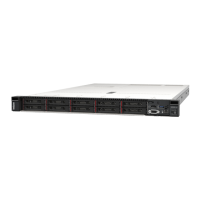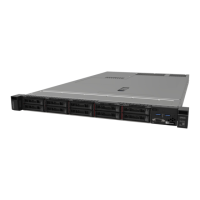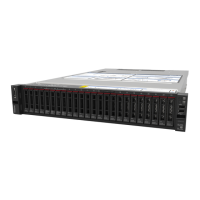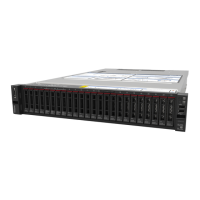• “All or some keys on the keyboard do not work” on page 321
• “Mouse does not work” on page 321
• “KVM switch problems” on page 321
• “USB-device does not work” on page 321
All or some keys on the keyboard do not work
1. Make sure that:
• The keyboard cable is securely connected.
• The server and the monitor are turned on.
2. If you are using a USB keyboard, run the Setup Utility and enable keyboardless operation.
3. If you are using a USB keyboard and it is connected to a USB hub, disconnect the keyboard from the
hub and connect it directly to the server.
4. Replace the keyboard.
Mouse does not work
1. Make sure that:
• The mouse cable is securely connected to the server.
• The mouse device drivers are installed correctly.
• The server and the monitor are turned on.
• The mouse option is enabled in the Setup utility.
2. If you are using a USB mouse and it is connected to a USB hub, disconnect the mouse from the hub and
connect it directly to the server.
3. Replace the mouse.
KVM switch problems
1. Make sure that the KVM switch is supported by your server.
2. Make sure that the KVM switch is powered on correctly.
3. If the keyboard, mouse or monitor can be operated normally with direct connection to the server, then
replace the KVM switch.
USB-device does not work
1. Make sure that:
• The correct USB device driver is installed.
• The operating system supports USB devices.
2. If you are using a USB hub, disconnect the USB device from the hub and connect it directly to the
server.
Memory problems
See this section to resolve issues related to memory.
•
“Multiple memory modules in a channel identified as failing” on page 322
• “Displayed system memory is less than installed physical memory” on page 322
• “Invalid memory population detected” on page 323
Chapter 7. Problem determination 321

